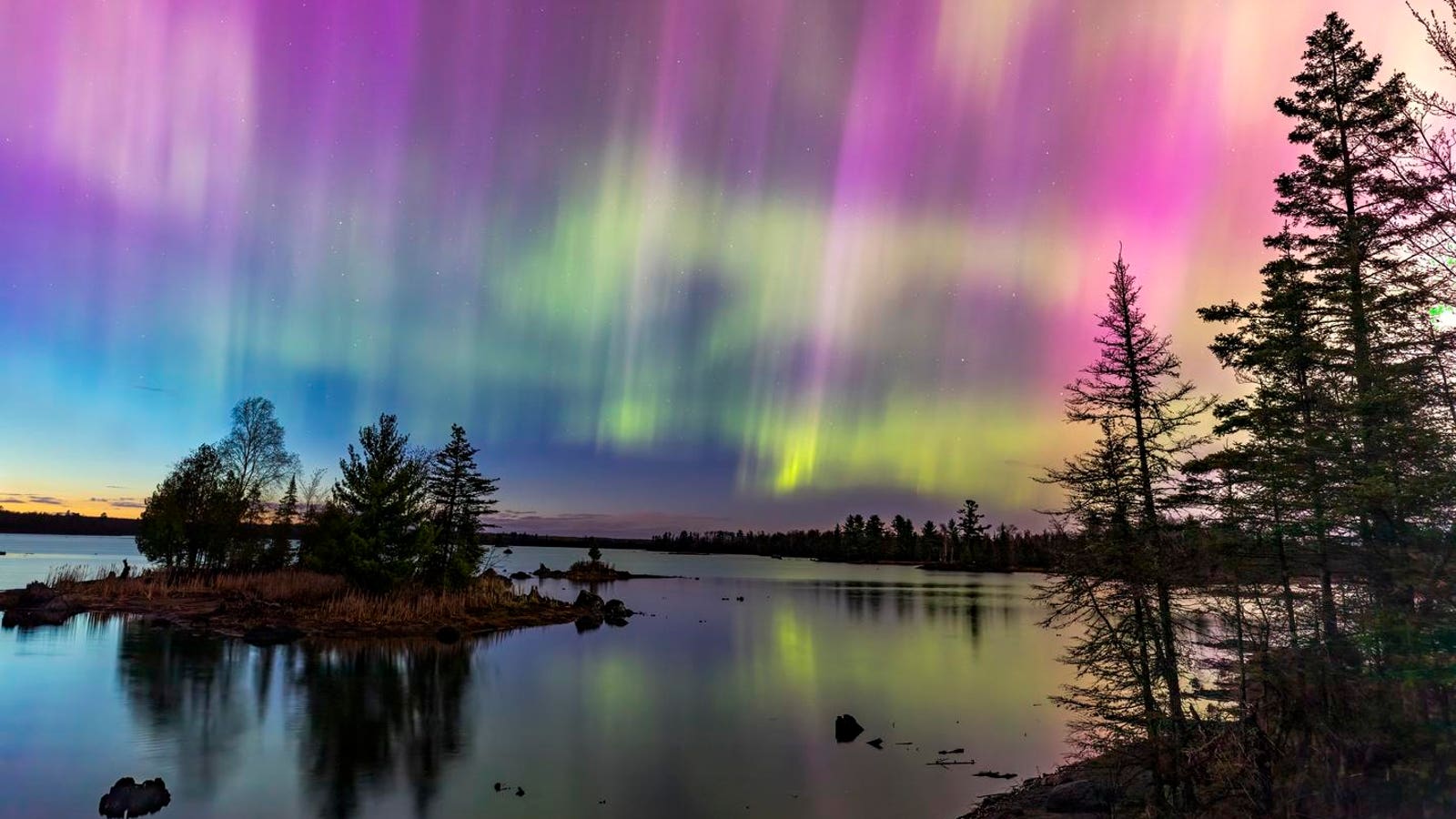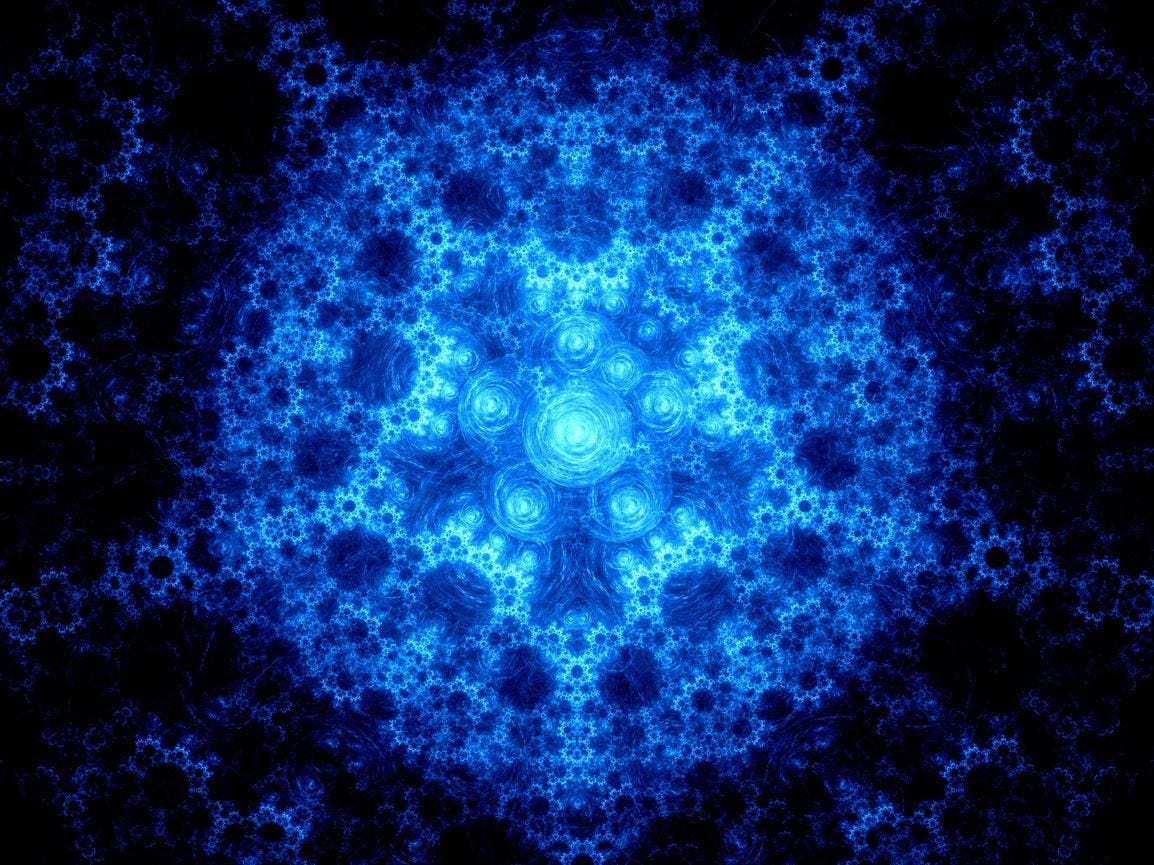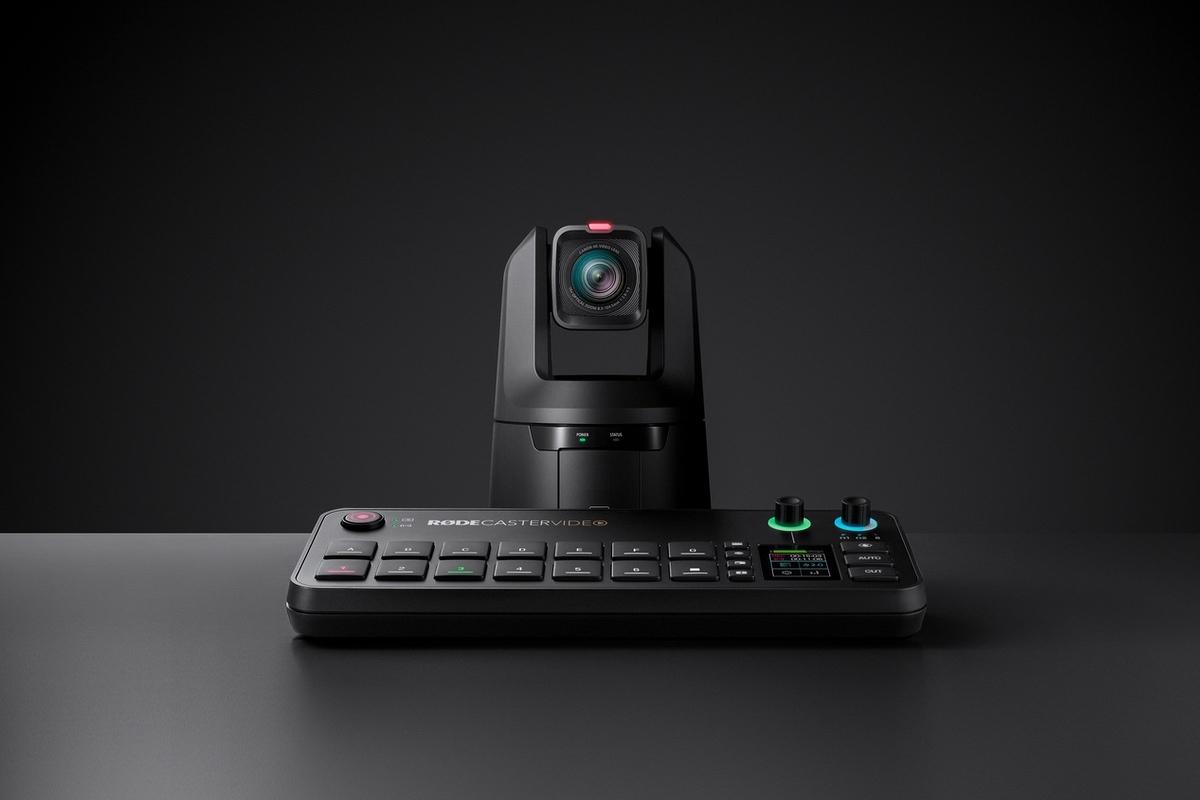Topline
At 2:19 p.m. EDT on Monday, Sept. 22, 2025, the sun will cross the celestial equator heading south. That marks the fall equinox in the Northern Hemisphere — the first day of autumn — which means shorter days and longer nights are ahead. For aurora-watchers, however, it could mean something much more dramatic as Earth opens itself to potentially more intense geomagnetic storms — and more frequent Northern Lights.
Northern lights erupt over a lake in Minnesota.
getty
Key Facts
The aurora borealis — the northern lights — occurs when charged particles from the sun accelerate down Earth’s magnetic field lines and collide with molecules high in the atmosphere. That interaction produces shimmering curtains of predominantly green and red light.
Although it’s the magnetic activity on the sun that is the root cause of auroras, scientists have long noticed a spike in geomagnetic disturbances around the equinoxes in March and September. This boost, known as the “equinox effect,” comes from geometry.
At an equinox, Earth’s axis is side-on to the sun. The orientation of Earth’s magnetic poles relative to the solar wind allows for a better alignment, making it easier for solar wind particles to slip through “cracks” in Earth’s magnetosphere and spark auroras.
The combination of this geometry and longer nights in the wake of the equinox makes September one of the best times of year to see the Northern Lights.
The Equinox Explained
Earth’s tilted axis is side-on to the sun on Monday, producing almost equal amounts of daylight and darkness across the globe (the word “equinox” comes from Latin for “equal night”). It signals the start of astronomical fall in the Northern Hemisphere and spring in the Southern Hemisphere. The cause is Earth’s axis, which is tilted 23.4 degrees relative to its orbit around the sun. That tilt causes the sun to appear to move north and south of the equator during the year. In June, the Northern Hemisphere is tilted toward the sun, meaning longer, hotter days, while in December, it’s tilted away, meaning shorter, colder days. The equinoxes in March and September are the transition points, when neither hemisphere leans toward the sun.
How The ‘russell-Mcpherron Effect’ Works
The scientific explanation for the uptick in aurora post-equinox is called the Russell-McPherron effect, proposed in the 1970s. It describes how, during equinoxes, Earth’s tilt makes the magnetic field more likely to reconnect with the sun’s magnetic field. When that happens, the flow of solar wind into Earth’s magnetosphere intensifies. The result is brighter and more frequent auroral displays. That doesn’t mean the lights suddenly appear everywhere. The effect increases the probability of auroras, but whether they’re visible depends on solar activity.
When And To See The Northern Lights
Monday’s equinox won’t guarantee Northern Lights — strong solar activity is still required — but it does increase the odds. With Earth’s magnetic field aligned, longer nights returning and the sun is near the peak of its 11-year solar cycle, sky-watchers should keep an eye on forecasts and the aurora view line from the National Oceanic and Atmospheric Administration’s Space Weather Prediction Center, particularly in the two weeks before and after the equinox.








